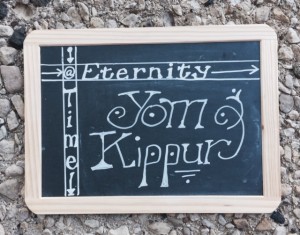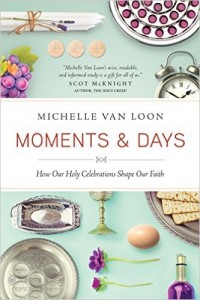For those of us who love the Scriptures and the Author of those Scriptures, each holiday in the Jewish calendar and Christian calendar is an opportunity to learn – and then take that learning off the page/screen and consider how to include it in your own practice. To that end, throughout the next year, I’ll be offering a quick “5 W’s and an H” Q & A resource for each holiday or season in both calendars.
Yom Kippur is the next holiday on the calendar.
Who?
Yom Kippur is the holiest day of the Jewish year. Traditional readings for this holiday include Leviticus 16:1-34, Leviticus 18:1-30, and the book of Jonah.
What?
In the days when there was a Temple in Jerusalem, Yom Kippur was the one day each year in which the high priest was permitted to enter the Holy Of Holies, the innermost sanctuary of the space, in order to seek atonement for the nation.
When?
This year, Yom Kippur begins at sundown on Tuesday, September 22nd and concludes just after sundown on Wednesday, September 23rd.
Where?
It is one of the essential festal gatherings prescribed by God for his people in Leviticus 23:26-32.
Why?
Humankind’s sin has separated us from a holy God. The veil separating the Holy of Holies from the rest of the Temple was a physical reminder of this status. The gravity and specificity with which this day is observed reminds us of the seriousness with which God views our sin, as well as the high cost by which we can be restored to fellowship with him. Leviticus 17:11 tells us that blood alone atones for sin and makes a way for us to come before him: “For the life of a creature is in the blood, and I have given it to you to make atonement for yourselves on the altar; it is the blood that makes atonement for one’s life.” While the Torah specifies various sacrifices and offerings that can be made by individuals throughout the year, Yom Kippur is the day in which the nation came to meet as one in order to confess their sin both individually and corporately and seek God’s forgiveness.
How?
After first preparing himself and making offerings for his own sin, the priest would then be presented with two goats: one, a sacrifice, and one a scapegoat upon which all the sins of the people would be named. This goat would then be released into the desert wilderness.
The High Priest would then slip through the thick curtains veiling the entrance to the Holy of Holies bearing coals from the sacrificial altar, along with incense, representing the prayers of the people. He’d burn the incense so that the smoke obscured his view of the altar in the sacred space containing manna, the stone tablets with the Ten Commandments, and the almond rod that budded in Moses’s hand – and the presence of God. These physical tokens of the covenant God had made with his people stood as indictments against the people, who’d violated this relationship. The high priest sprinkled the blood of the animals he’d slain on the top of the altar in the Holy of Holies, known as the mercy seat. As he did, atonement was made for the people. Their sin was covered. The literal meaning of the word “Kippur” is “to cover”.
After the destruction of the temple, fasting from food, drink and pleasure, along with prayer, has been the way in which this day is observed by Jewish people for two millennia. For additional background on the holiday, click here and here.
Jesus’ followers believe that he is a perfect high priest and perfect, spotless sacrifice. His blood sacrifice made atonement once for all, opening the way into the Holy of Holies for all who call on his name for salvation. Yom Kippur is a day in which believers can reflect on God’s amazing mercy in the person and work of Jesus. This day is relevant for Christians who are grafted-in people who share in this stunning mercy. Some may choose to use this day as a way to intercede for the Jewish people on a day in which the longing for forgiveness is being expressed in synagogues and gatherings all around the world. In addition, this may be a day in which others may decide to fast and pray for the return to God for those who are far from him.















